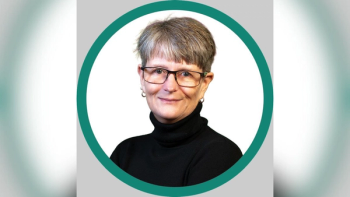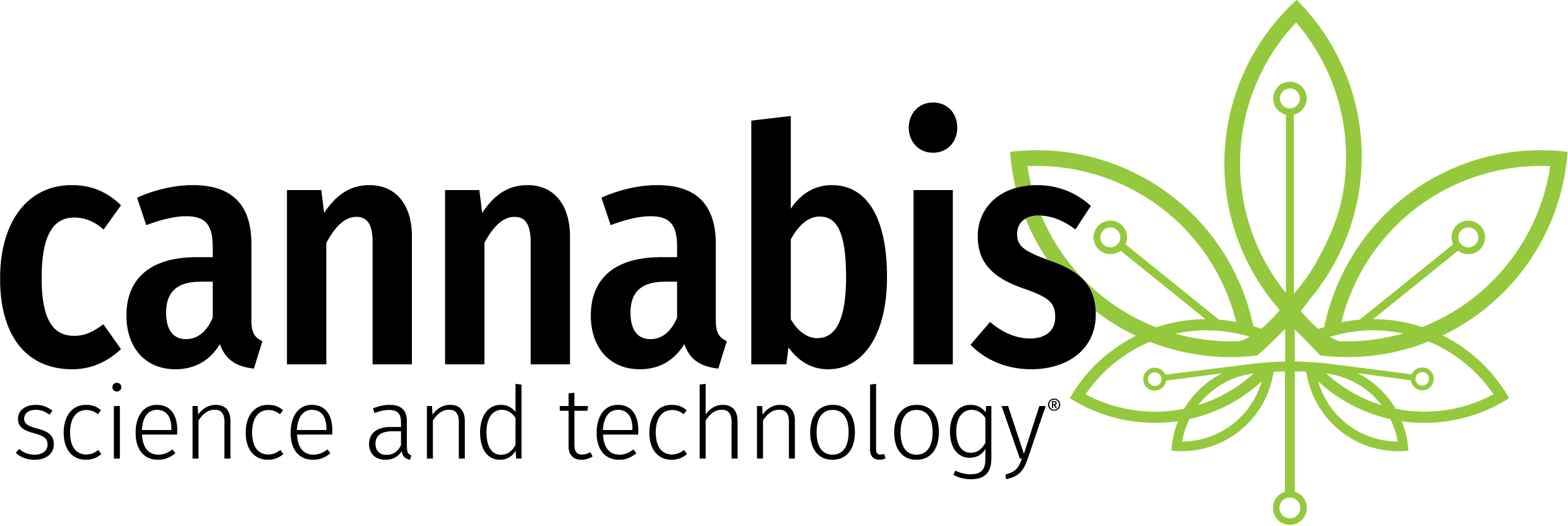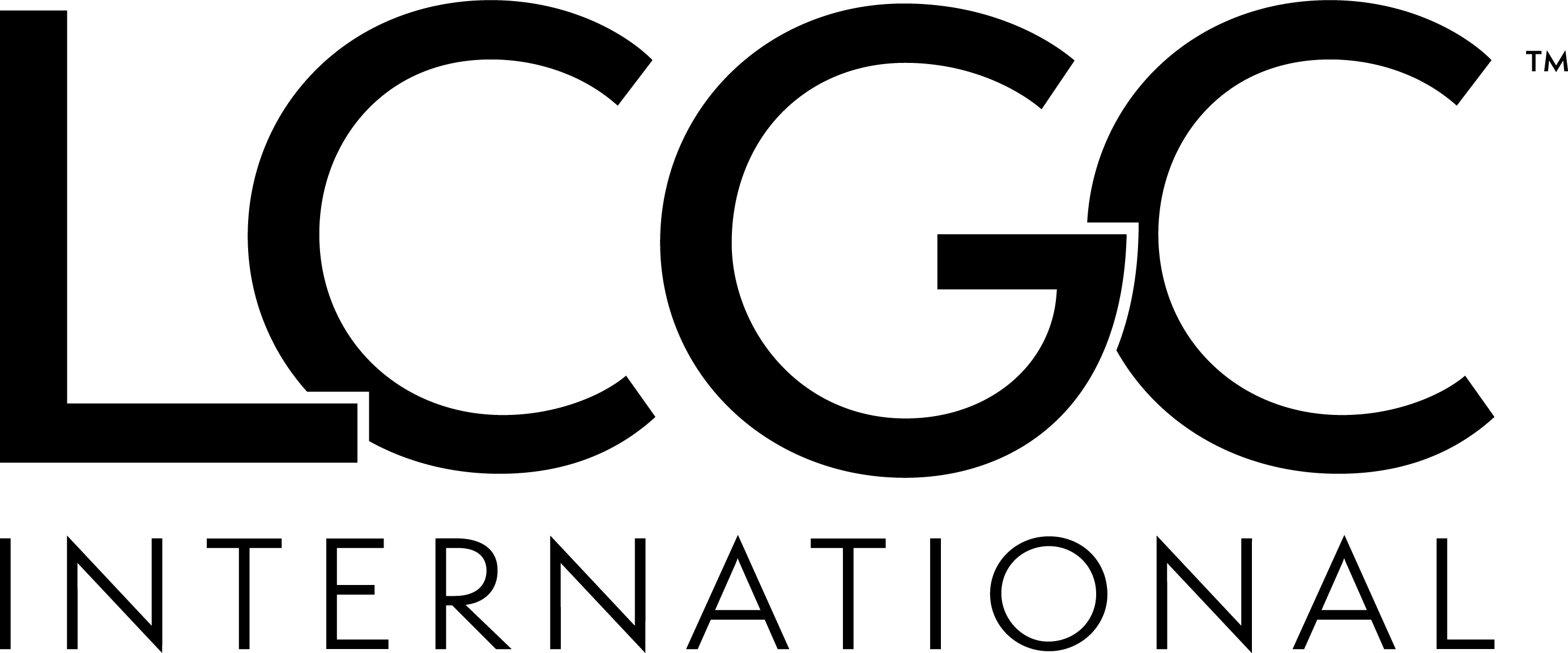
Tufts CSDD Study Identifies Opportunities for Drug Sponsors
While more than 90% of all contract vendor assessments conducted by drug sponsors ultimately lead to vendors being qualified to provide services, large sponsors have significantly longer and more variable process completion-to-contract stages than other companies, according to a newly completed study from the Tufts Center for the Study of Drug Development that establishes the first industrywide benchmarks of the vendor qualification process.
The global drug development industry conducted nearly 25,000 new vendor qualifications, requalifications of existing vendors, and requests-for-information (RFIs) in 2018. Average total cycle time from an RFI to a signed contract was 19.0 weeks for single-service providers and 26.1 weeks for multi-service providers, with wide variation observed by sponsor company size and by individual assessment, Tufts CSDD found.
"Evaluating external service providers is a time-consuming process that must meet the unique demands of each R&D program and account for, among other factors, regulatory compliance, information technology expertise, operating and financial controls and oversight," said Ken Getz, professor and deputy director of Tufts CSDD. "The volume and complexity of assessments needed to qualify and requalify potential vendors is increasing and the benchmarks from this new study identify opportunities for drug developers to more effectively and efficiently manage this process."
The study, conducted in collaboration with The Avoca Group, was based on an analysis of data provided by 76 small, medium, and large pharmaceutical companies engaged in global drug development.
Among other key study findings summarized in the November/December Tufts CSDD Impact Report, released today, were the following:
- Small companies using leaner operating models have more productive qualification processes, compared to medium and large companies.
- Vendor requalification cycle times are two to four weeks faster, on average, than new vendor qualifications.
- Despite longer total assessment cycle times, large drug companies have the highest rates of vendors failing to qualify (11.5%), likely due to deeper inquiry into vendor practices.
- For all sponsor companies, vendor requalifications are 2.4 weeks and 4.0 weeks faster on average than new single and multi-service vendor qualifications, respectively.
Newsletter
Stay current in clinical research with Applied Clinical Trials, providing expert insights, regulatory updates, and practical strategies for successful clinical trial design and execution.






.png)



.png)



.png)
.png)
